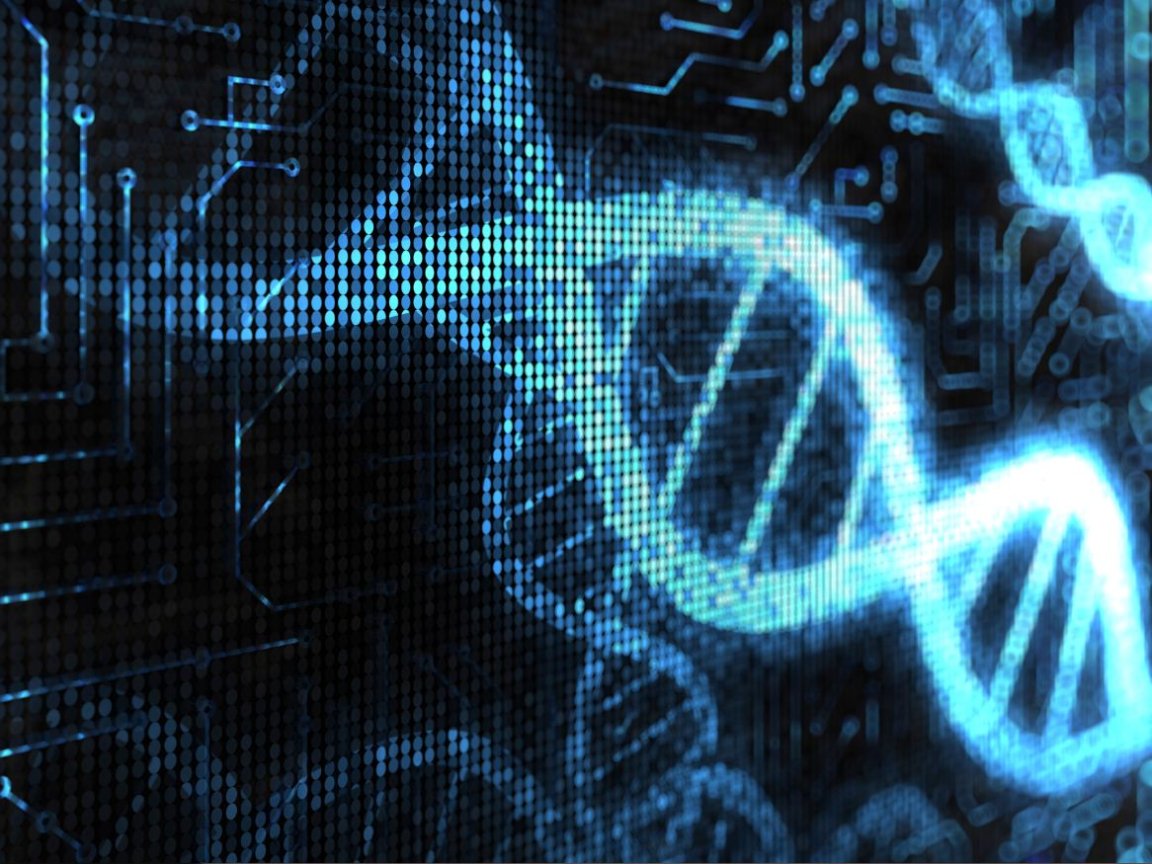
From SD to DNA
One of the most recognizable “buzzwords” in science is DNA. It’s everywhere biologically and socially: It’s in our conversations and in our contemplations. It makes us who we are and, thanks to things like CRISPR gene editing, it is simultaneously allowing us to literally remake what we are. Interestingly enough, even computer scientists are warming up to DNA, looking at it for yet another application: Data storage.
Yes, we are talking about storing data in the source code of life itself.
It works because DNA is made up with alternating nucleotide bases of adenine(A), guanine(G), thymine(T), and cytosine(C), a metric simple enough to be compared to the 0s and 1s found in coding. Forget terabytes, a gram of DNA is able to store one trillion gigabytes of data. But that’s not all—this information can last for thousands of years with very little maintenance, something that can’t be said about storage devices today.
Yet the conversion isn’t so simple.
While sequencing a million nucleotides is less than a cent, synthesizing DNA is a completely different story. Placing nucleotides nanometers apart with such high precision is a feat that costs $150 per 1000 base pairs , a cost that can grow astronomically high when you are dealing with millions of nucleotides.
A Path Forward
But that hasn’t stopped scientists in the past. Just in 2012, scientist George Church had 70 billion copies of his book, Regenesis: How Synthetic Biology Will Reinvent Nature and Ourselves in DNA, stored in synthetic DNA. Another scientist, Olgica Milenkovic, was able to store entire Wikipedia entries onto DNA for selective reading.
However, the most interesting venture currently seems to be in the hands of Microsoft and such corporations.
Learn more about storing information in DNA in the video below:
https://vimeo.com/47615970
Microsoft has purchased 10 million strands of DNA from Twisted Bioscience, while other companies such as Micron have followed a similar pursuit.
Microsoft intends to send coded sequences for production, which will then be sent back to Microsoft to test the storage. The involvement of large corporations may highlight the beginning of a new era for biological data storage—the more investors, innovators, and inventions, the more affordable and possible the process will become day by day.
Notably, experts assert that it is this increase of investment that will ultimately lead us to the developments needed in order to drive down the current high costs, and they continue by noting that it should make DNA data storage possible within the decade.
It is an exciting future.